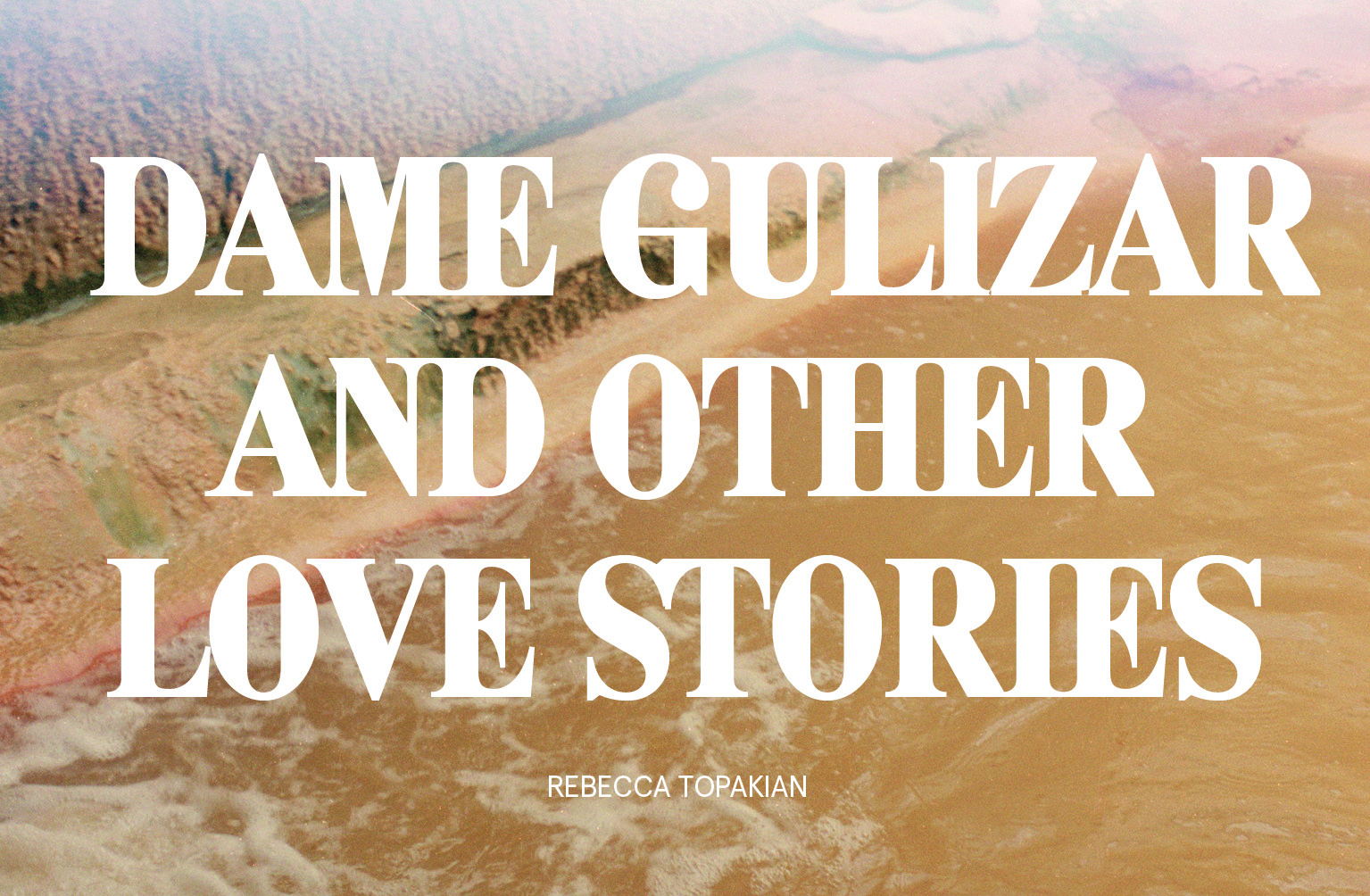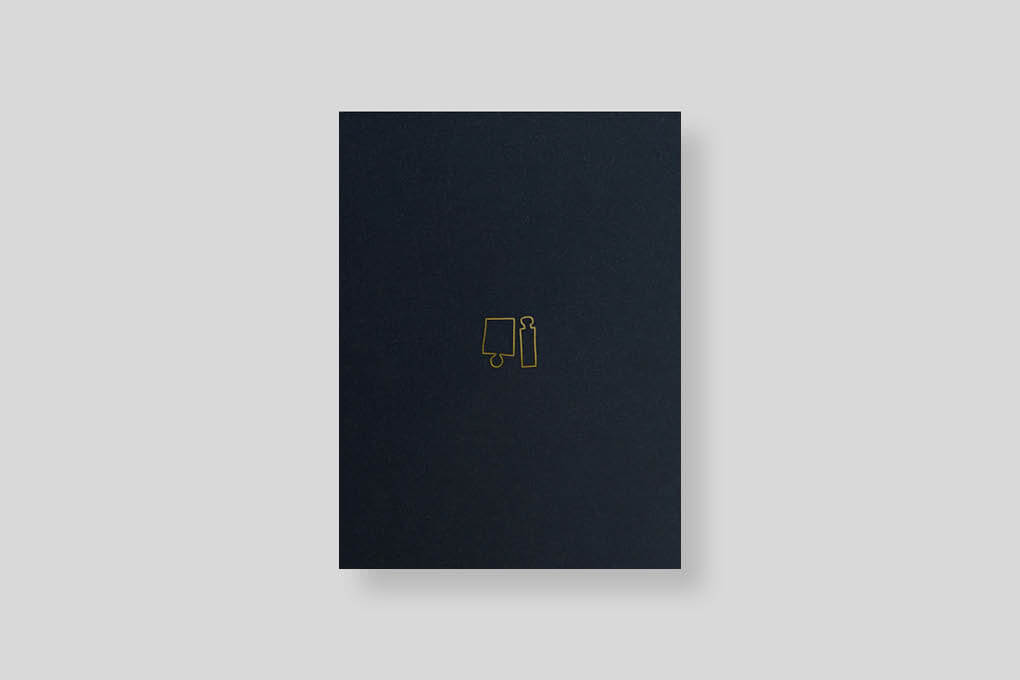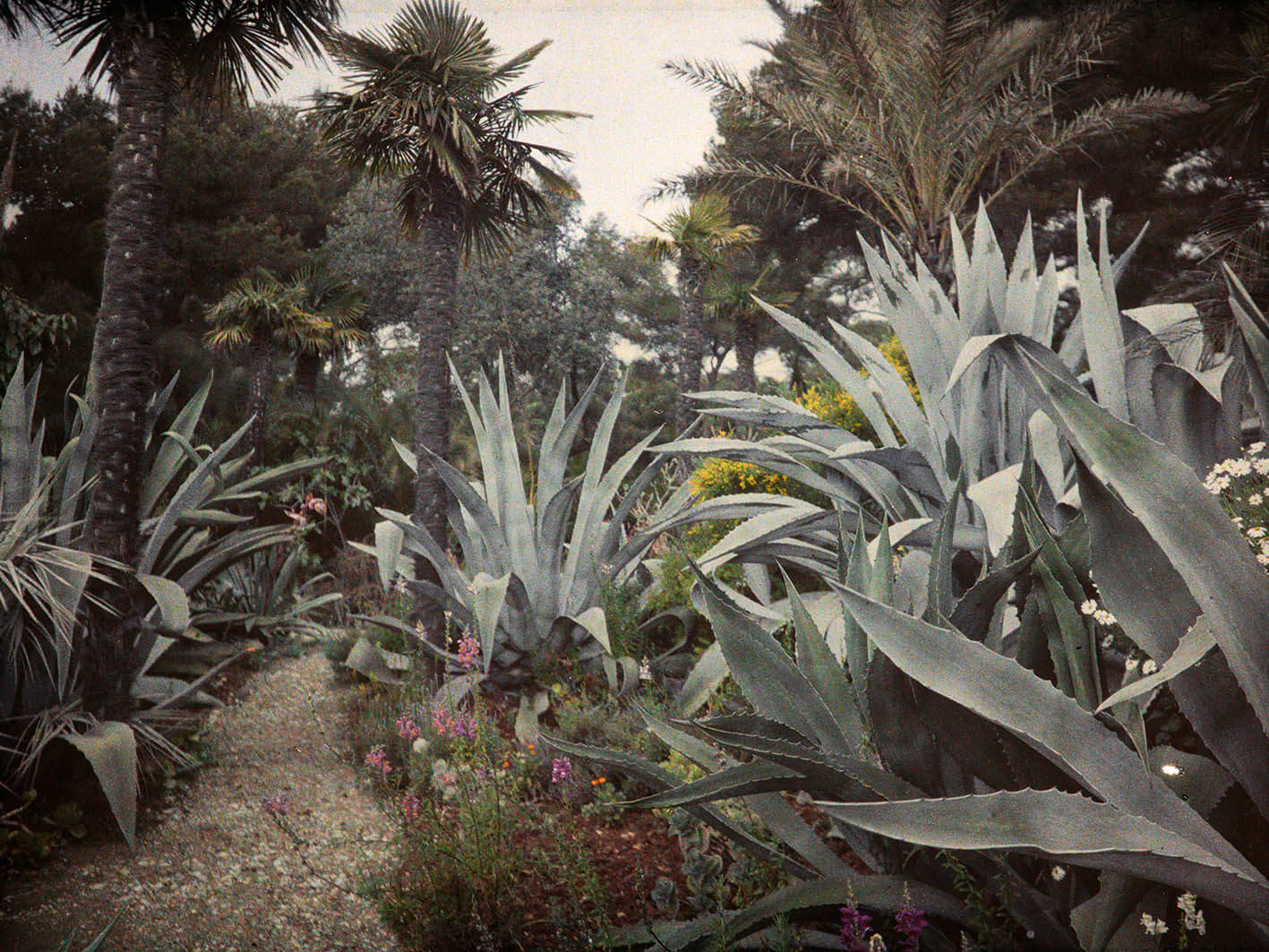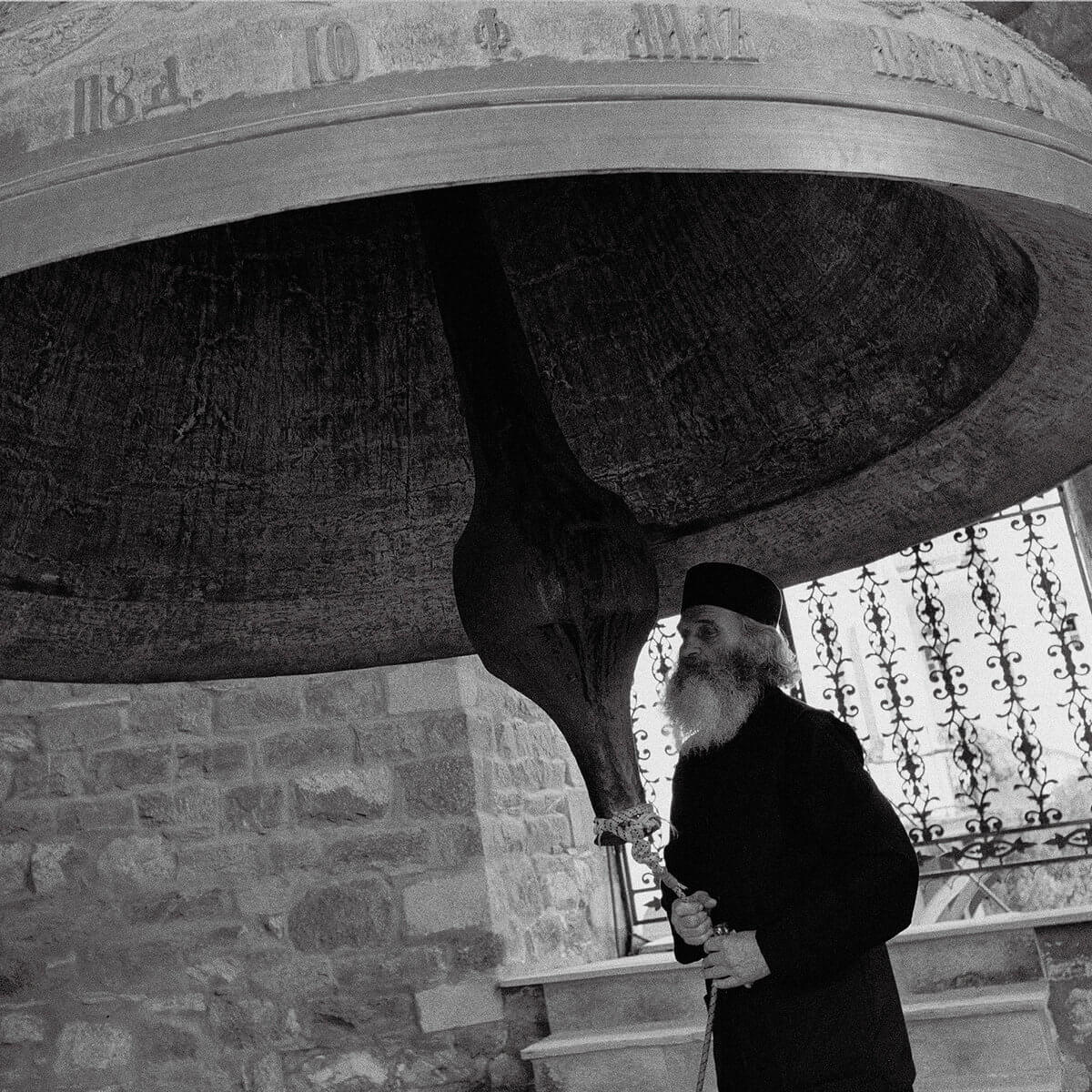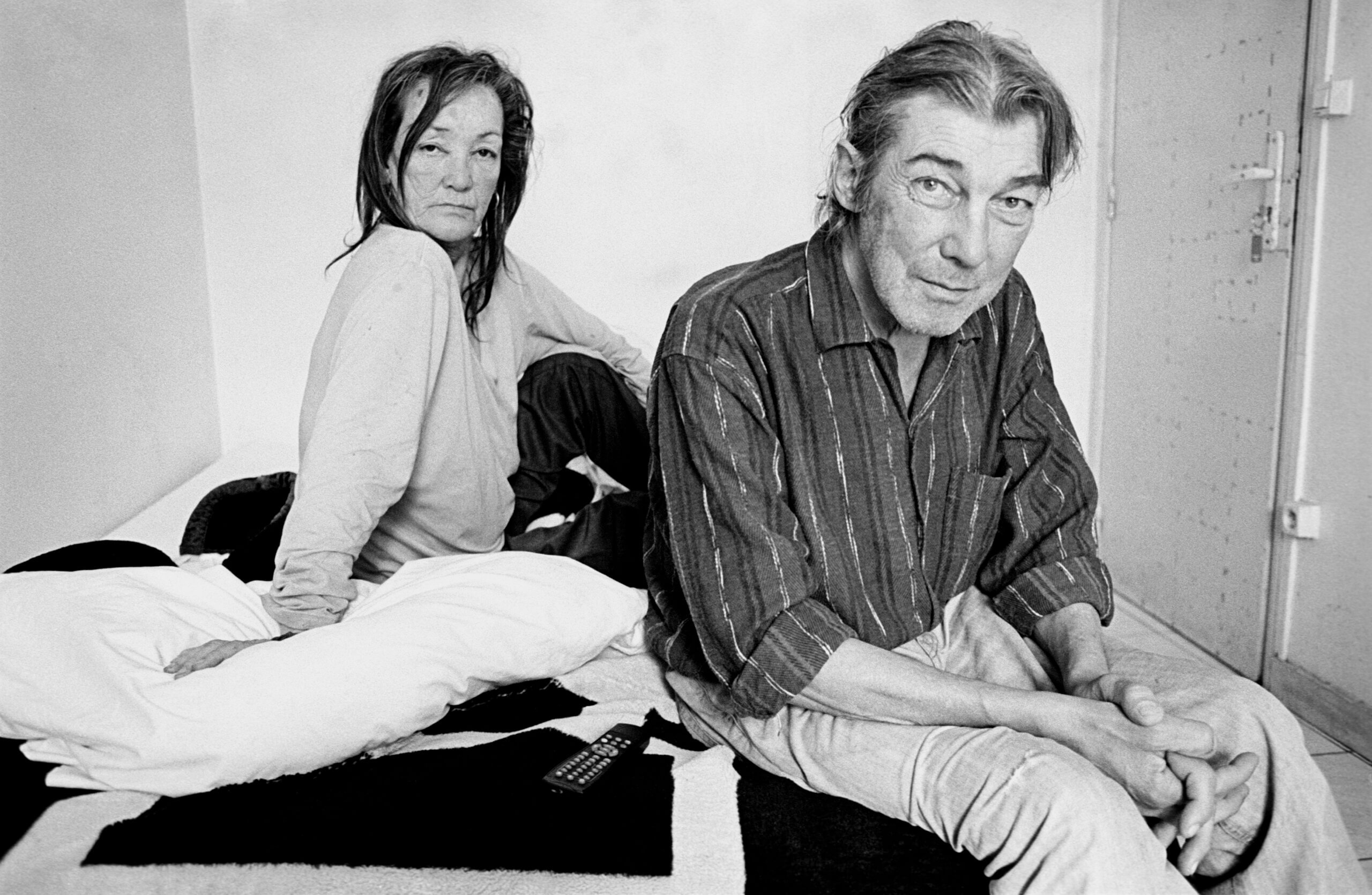Opening on October 30 at 6pm.
For this exhibition, delpire & co is once again proposing a back-and-forth between two production formats used by photographers: the book and the gallery space.
These two spaces are essential to the dissemination of a work, and are approached in distinct ways: with one, we are in a horizontal reading of the work, more intimate, while with the other we are in a vertical reading, with a broader overview.
On the occasion of Photo Saint Germain and Week-end à L’est, twelve photographs from the book Dame Gulizar and other love stories have been selected for 13 rue de l’abbaye in this perspective, and will be presented on our walls and in the plan cabinet.
Originally, it was a kidnapping. “Once upon a time” is by no means a universal romance. In the highlands of Anatolia, the Caucasian tradition of marriage by abduction promises young Gulizar to her captor, Garabed. The great-granddaughter of these two protagonists, Rebecca Topakian inherits a family history that vacillates, over the generations, between reality and fiction.
Once upon a time, Gulizar and Garabed.
In the breach left by ambiguity – violence or love – and in memories abandoned hundreds of years ago, Rebecca Topakian gives birth to a series of photographs. She infiltrates the intangible life of her great-grandmother, branching out all her roots: desire, war and belief. From a possible dispossession, that of a body wrested from her consent, she gives Gulizar back her own gaze and slides it into the lives of her descendants.
Once upon another time, there was Dame Gulizar.
And so the tale begins. To recompose the forgotten story, Rebecca stages intimate relationships, finds strangers to whom she attributes her genealogy, and skilfully confuses the past with the present. Her footsteps will follow those of her ancestors; in pagan caves or Christian monasteries, on the Armenian plains of winter and summer, on lands now plundered. Where stones and bodies are mutilated: the landscape becomes skin, becomes memory. The collection of sediments, like that of archives, brings the chapters together. Between hostility and tenderness, Rebecca Topakian shares her heritage-mirage in which each photograph bears witness.
Anne Bourrassé


